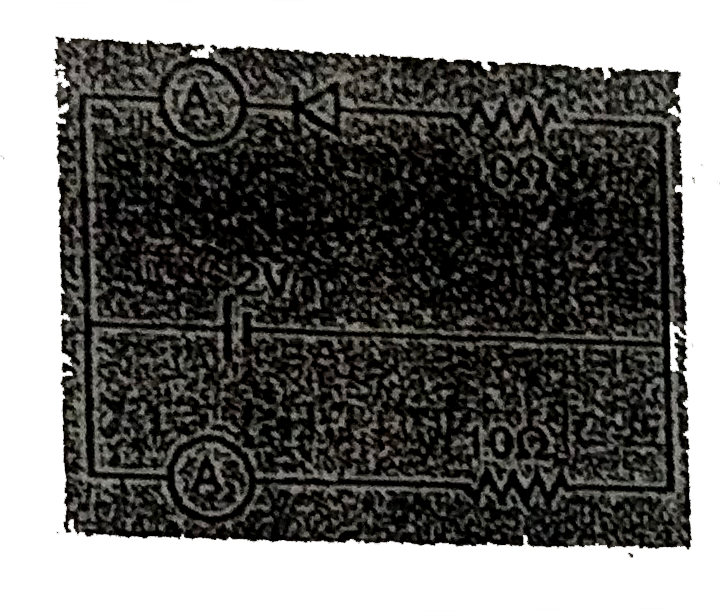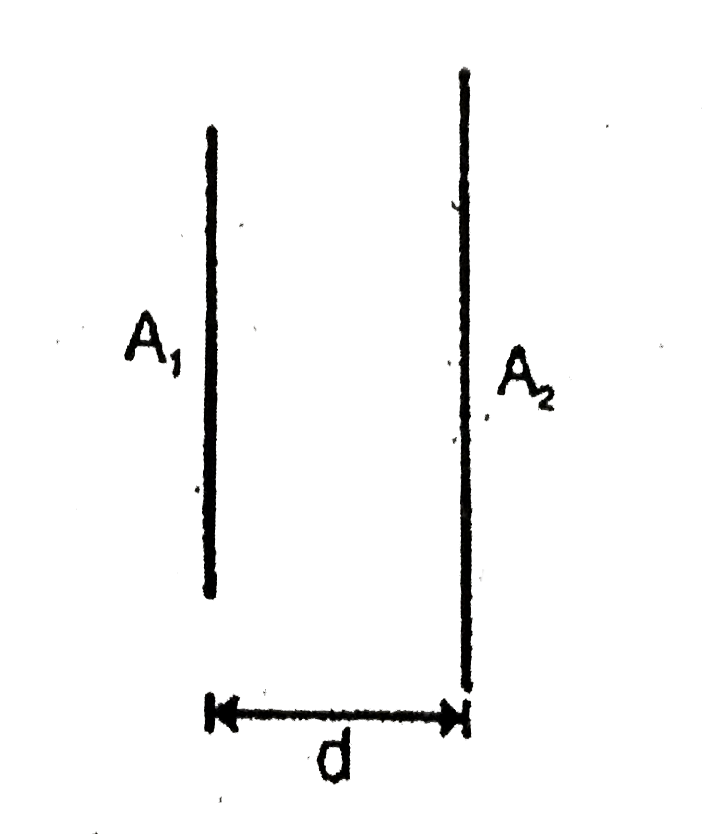Let the circle divide the area bounded by tangent and normal at and -axis in Then equals to
To solve the problem, we need to find the ratio A1A2, where A1 and A2 are the areas bounded by the tangent and normal at the point (1,√3) on the circle x2+y2=4 and the x-axis.
Step 1: Find the slope of the tangent at the point (1,√3).
The equation of the circle is given by:
x2+y2=4
To find the slope of the tangent line at the point (1,√3), we differentiate the equation implicitly:
2x+2ydydx=0
This simplifies to:
dydx=−xy
At the point (1,√3):
dydx=−1√3(slope of the tangent)
Step 2: Find the equation of the tangent line.
Using the point-slope form of the line equation:
y−y1=m(x−x1)
Substituting (x1,y1)=(1,√3) and m=−1√3:
y−√3=−1√3(x−1)
Rearranging gives:
√3y+x−4=0(equation of the tangent)
Step 3: Find the slope of the normal line.
The slope of the normal line is the negative reciprocal of the tangent slope:
mn=√3
Step 4: Find the equation of the normal line.
Using the point-slope form again:
y−√3=√3(x−1)
Rearranging gives:
√3y−x+√3−3=0(equation of the normal)
Step 5: Find the points where the tangent and normal intersect the x-axis.
For the tangent line √3y+x−4=0:
Set y=0:
x−4=0⟹x=4(point of intersection with x-axis)
For the normal line √3y−x+√3−3=0:
Set y=0:
−x+√3−3=0⟹x=√3−3
Step 6: Calculate the areas A1 and A2.
1. Area A1 (bounded by the tangent, x-axis, and the circle):
- The area of the triangle formed by the tangent line and the x-axis can be calculated using the base and height.
- Base = distance from (1,√3) to (4,0) = 4−1=3
- Height = √3
- Area of triangle:
A1=12×base×height=12×3×√3=3√32
2. Area A2 (bounded by the normal, x-axis, and the circle):
- The area under the normal line can be calculated similarly.
- Base = distance from (1,√3) to (√3−3,0)
- Height = √3
- Area of triangle:
A2=12×base×height=12×(1−(√3−3))×√3
Step 7: Find the ratio A1A2.
Finally, we compute the ratio:
A1A2=3√32Area of A2
x2+y2=4
To find the slope of the tangent line at the point (1,√3), we differentiate the equation implicitly:
2x+2ydydx=0
This simplifies to:
dydx=−xy
At the point (1,√3):
dydx=−1√3(slope of the tangent)
y−y1=m(x−x1)
Substituting (x1,y1)=(1,√3) and m=−1√3:
y−√3=−1√3(x−1)
Rearranging gives:
√3y+x−4=0(equation of the tangent)
mn=√3
y−√3=√3(x−1)
Rearranging gives:
√3y−x+√3−3=0(equation of the normal)
Set y=0:
x−4=0⟹x=4(point of intersection with x-axis)
Set y=0:
−x+√3−3=0⟹x=√3−3
- The area of the triangle formed by the tangent line and the x-axis can be calculated using the base and height.
- Base = distance from (1,√3) to (4,0) = 4−1=3
- Height = √3
- Area of triangle:
A1=12×base×height=12×3×√3=3√32
- The area under the normal line can be calculated similarly.
- Base = distance from (1,√3) to (√3−3,0)
- Height = √3
- Area of triangle:
A2=12×base×height=12×(1−(√3−3))×√3
A1A2=3√32Area of A2
Topper's Solved these Questions
- APPLICATION OF DERIVATIVESBOOK - AAKASH INSTITUTE ENGLISHCHAPTER - APPLICATION OF DERIVATIVESEXERCISE - Assignment SECTION-J (Aakash Challengers Questions )
8 Videos
- APPLICATION OF DERIVATIVESBOOK - AAKASH INSTITUTE ENGLISHCHAPTER - APPLICATION OF DERIVATIVESEXERCISE - Assignment SECTION- H ( Multiple True-False Type Questions ( Identify the correct statement of true (T) and False (F) of the given three statements ).)
1 Videos
- APPLICATION OF INTEGRALS BOOK - AAKASH INSTITUTE ENGLISHCHAPTER - APPLICATION OF INTEGRALS EXERCISE - Assignment Section - I Aakash Challengers Questions
2 Videos
Similar Questions
Knowledge Check
IfA1andA2 are two AMs between a and b then (2A1−A2)(2A2−A1)=
AabBbaCbaDa2b
If the intercepts made by tangent, normal to a rectangular hyperbola x2−y2=a2 with x-axis are a1,a2 and with y-axis are b1,b2 then a1,a2+b1b2=
View SolutionIf the area of the circle is A1 and the area of the regular pentagon inscribed in the circle is A2, then find the ratio A1A2.
View SolutionIf the area of the circle is A1 and the area of the regular pentagon inscribed in the circle is A2, then find the ratio A1A2.
View SolutionLet a1 and b1 be intercepts made by the tangent at point P on xy=c2 on x-axis and y-axis and a2 and b2 be intercepts made by the normal at P on x-axis and y-axis. Then
View SolutionIn the following circuit readings in ammeters A1 and A2 will be -

View SolutionThe capacitance of the capacitors of plate areas A1 and A2(A1<A2) at a distance d is

View SolutionIf the tangent and normal to xy=c2 at a given point on it cut off intercepts a1,a2 on one axis and b1,b2 on the other axis, then a1a2+b1b2=
(A) −1 (B) 1 (C) 0 (D) a1a2b1b2
View Solution

